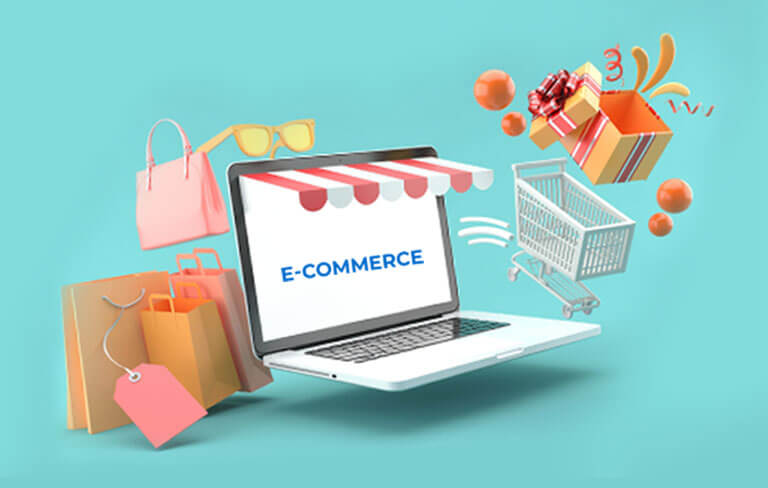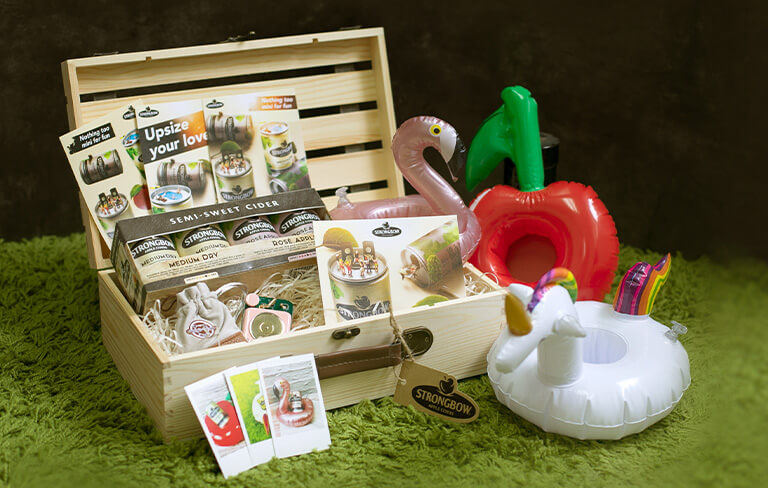Just last November, online sales in Singapore took up 14.3% of the total retail sales in the country – a whopping three-fold increase from just January 2020. This could be attributed to the rise of home businesses and integration of shopping functions through social media channels like Instagram, where more than 74% of consumers frequently shop online due to the pandemic.
Thus it’s safe to say that in 2021, it is no longer just a ‘supplement’ to retail – e-commerce is a necessary core strategy for your business to survive and prosper. How then, do you make sure that your e-commerce strategy is a fruitful and effective one? While thinking of setting up an e-commerce store is easy, the actual implementation of it can get overwhelming when cost, time & resources come into play.
Here are 3 things to consider when starting out your very first e-commerce store:
1. Grants Available
As part of the government’s plan to transform Singapore into a flourishing e-commerce hub, there are multiple grants and incentives available to help businesses make a smooth transition in going digital. Fear not if you are unsure how to carry out digital inventory management or e-payment processes, as these grants usually offer cash payouts and provide merchants with digital resources to enhance their online presence. One of them is the Productivity Solution Grant (PSG), which can help businesses get funding for a wide range of IT solutions and equipment in data analytics and customer management.
Another promising grant is the E-commerce booster package by Enterprise Singapore, which serves as a great stepping stone to launching your online businesses. It allows you to partner directly with one of their established e-commerce partner platforms – Amazon, Lazada Singapore, Qoo10 and Shopee – to start listing and promoting your products online. Interested businesses are required to personally apply for the grants through their official websites.
2. Platforms
Now that you’ve got the funds to start up an e-store, which platform should you use? Depending on your business objectives and current prospectives, there’s a myriad of options to choose from. For a start, these are some of the available platforms you can consider:
- Owned-Domain Websites
E.g. WordPress
This is best suited for businesses that are looking to brand themselves and provide consumers with more information about both the company and the product. By having your own marketplace, you can take full control of showcasing your brand’s personality and what you want to post. However, it can also get overwhelming if you are unsure what page categories to input or what web services you’d like to offer. Take a look at how we helped Delighting Ideas tackle this problem, by refreshing their brand image through a new & seamless website.
- Seller Profile on Established E-commerce Websites
E.g. Shopee, Qoo10, Lazada, Amazon
For merchants that aim to drive up sales and inject yourselves into more consumer touchpoints, setting up a shop on e-commerce websites is a quick and easy way to do it. Alternatively, businesses that already have alternative avenues of sales (e.g. retail, website) can also make use of this as a supplement to your main revenue stream.
- Social Media Shopping
E.g Facebook Marketplace
With the integration of shopping channels on common social media platforms like Facebook and Instagram, it has allowed small home businesses to thrive more than ever. These platforms are best suited for micro-sellers or businesses that already have a substantial social media following.
Even better still, diversify your revenue streams across multiple platforms if your budget and resources permits.
3. Sustaining the CRM
After you garner your initial consumer base, what are some ways you can maintain this customer-relationship management (CRM)? Research has found that almost 75% of what drives customer engagement and loyalty are emotional perks like happiness and surprise. Besides that, functional benefits such as cheaper prices and exclusive discounts are also factors that consumers look out for when it comes to making their purchase decisions.
We combined both emotional and functional benefits that consumers were looking for in a CRM programme through this Cetaphil Friends Loyalty Programme. Not only did consumers receive exclusive birthday rewards and savings through this programme, it also helped Cetaphil maintain its long-standing trust and loyalty with its customer base.
So what are you waiting for? Establish your digital presence and engage deeper with your consumers today. Speak to us to find out how!





